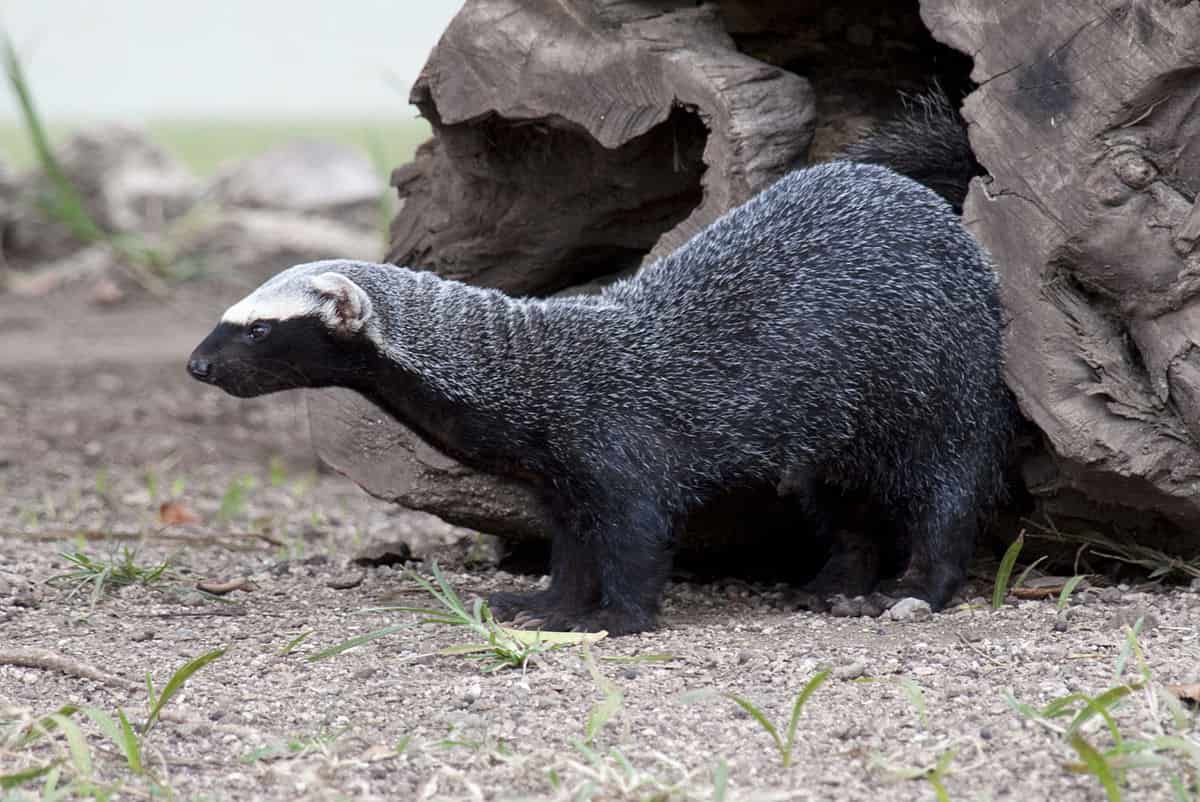Meet the greater grison, a very cool member of the weasel family that you’ve almost definitely never heard of.
The weasel family is well represented in Costa Rica. We’ve previously discussed the tayra and the spotted skunk but this family also includes the long-tailed weasel, the neotropical river otter, two more species of skunk, and today’s special guest – the greater grison.
The greater grison (Galictis vittate) is known as the grisón in Spanish (just change the syllable that you put the accent on). I’ve also heard people refer to it as a tejón.
I mentioned earlier that this is probably the first time that you’re hearing about the greater grison because it is a generally mysterious animal. There simply isn’t a lot of scientific information about this creature available. Even the folks who set out to study them in the wild often come up with very little.
One of my wildlife reference books mentions a study carried out near Carara National Park. Researchers spent months setting out traps in areas where they were likely to catch grisons, totaling more than 6,000 trap hours (time the traps were in the field) and they didn’t capture a single one.
Another study carried out recently in coffee farms near San Ramon used camera traps placed in the field for 22 months, the equivalent of over 15,000 camera trap hours, and managed to capture only two grison photos.
So what is known about this secretive, tropical badger-looking creature? Well, they’re both diurnal and nocturnal, they’re both terrestrial and aquatic, and they’re either solitary or live in small groups. Yeah, a lot of the information is wishy-washy like that. Their range is most of Costa Rica, but they seem to be rare throughout that range. They’re often found near water and have some webbing between their toes, so they are adept swimmers.
Their diet includes small mammals, reptiles, birds, eggs, fruit and arthropods. They’re able to pursue their prey underground and they spend their downtime in burrows that were either dug out themselves or borrowed from other animals. This ability to navigate underground makes sense when you consider their short-legged, sleek, low to the ground bodies.
As you’d expect, my personal interactions with the greater grison are few and far between. I’ve only actually seen a grison once. Actually, it was a pair that crossed a trail in front of me and then disappeared into the brush along the Cañas River.
I hardly had the time to realize what I saw. I then placed camera traps all around that exact spot, figuring that I found an area that they frequent, and came up with exactly zero grison videos in the following weeks.
I’ve only recorded four or five greater grison videos with my camera traps over the years, each in very different environments. I recorded one quick video along a stream in a tropical dry forest, one in a coffee farm and one in a mature forest in the Osa peninsula.
My grison crown achievement, and inspiration to write this article, was recorded recently on a farm in the Peréz Zeledón area, which I’m happy to share in the video below.
About The Author
Vincent Losasso, founder of Guanacaste Wildlife Monitoring, is a biologist who works with camera traps throughout Costa Rica. Learn more about his projects at: Instagram and facebook or by email.






